Zeiss Gom T-SCAN hawk Instructions for use
Other Zeiss Measuring Instrument manuals

Zeiss
Zeiss HUMPHREY 720i User manual

Zeiss
Zeiss Humphrey II-i series User manual

Zeiss
Zeiss CONTURA G2 User manual
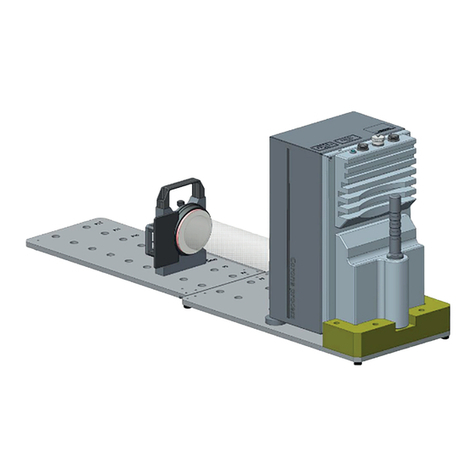
Zeiss
Zeiss Corona process User manual

Zeiss
Zeiss VISUREF 150 User manual
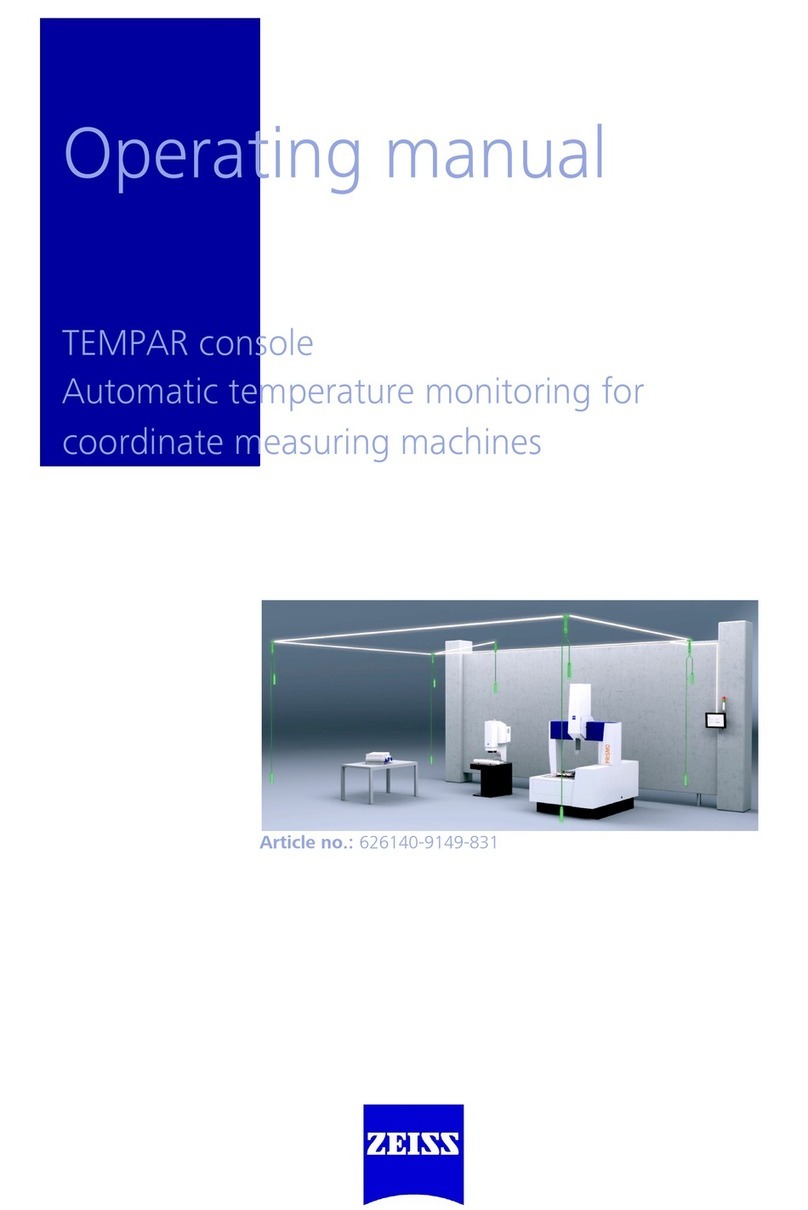
Zeiss
Zeiss TEMPAR console User manual
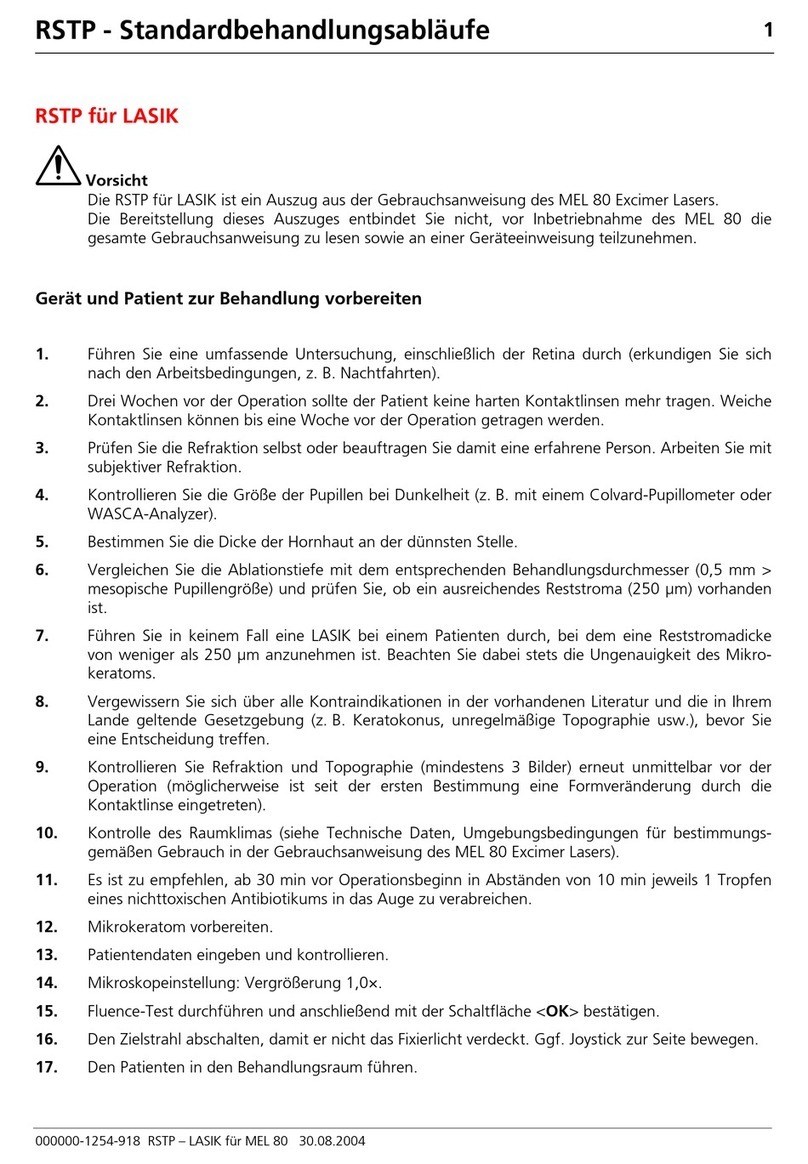
Zeiss
Zeiss MEL 80 User manual
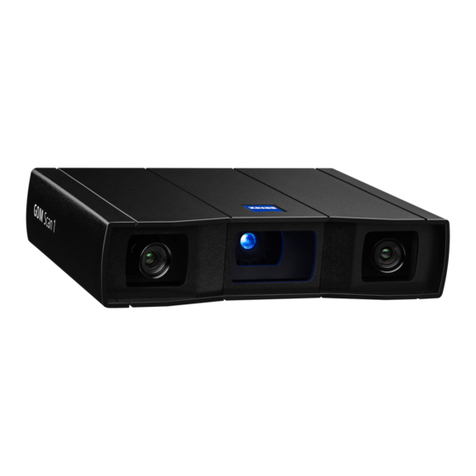
Zeiss
Zeiss GOM Scan 1 User manual

Zeiss
Zeiss Humphrey Field Analyzer 3 User manual

Zeiss
Zeiss AT 030 Operator's manual

Zeiss
Zeiss CONTURA User manual
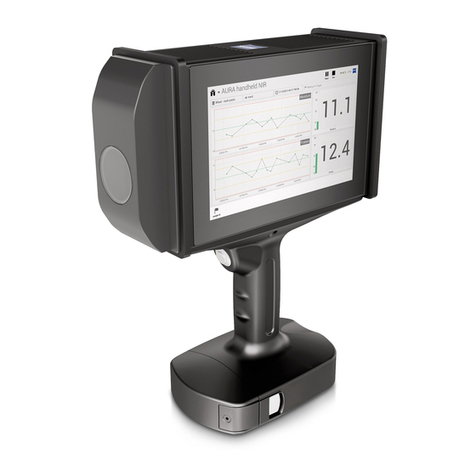
Zeiss
Zeiss AURA handheld NIR Operating instructions
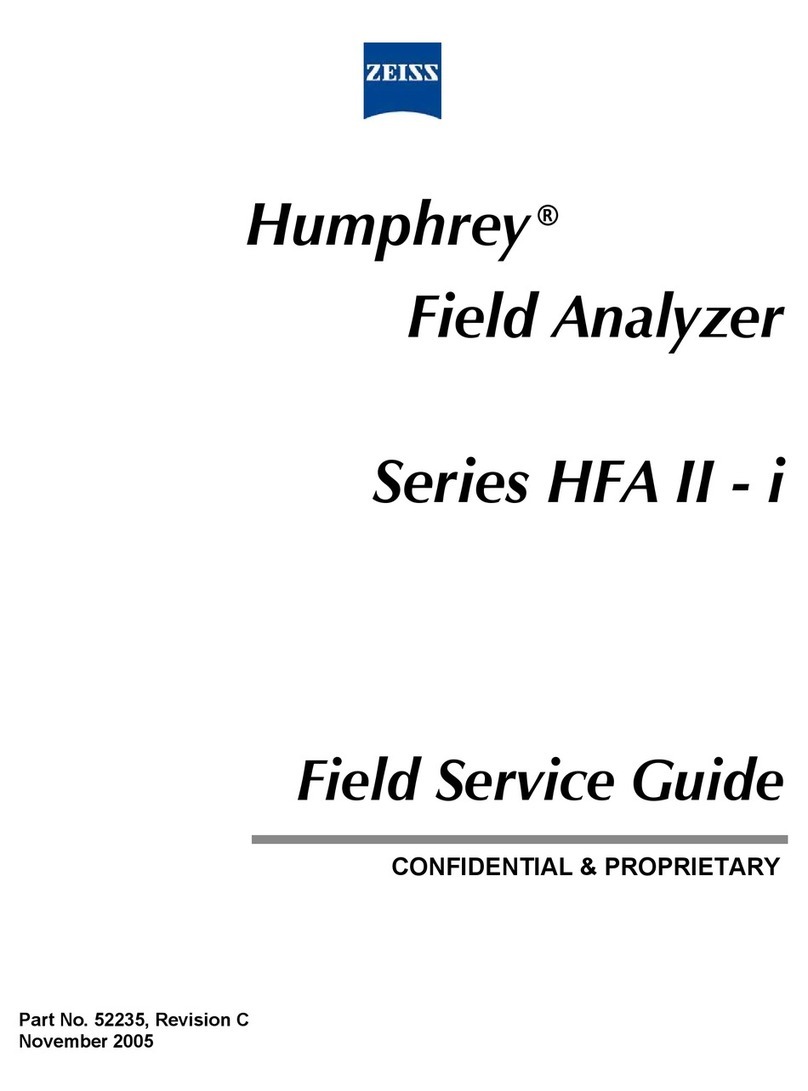
Zeiss
Zeiss humphrey HFA II-i series Quick start guide
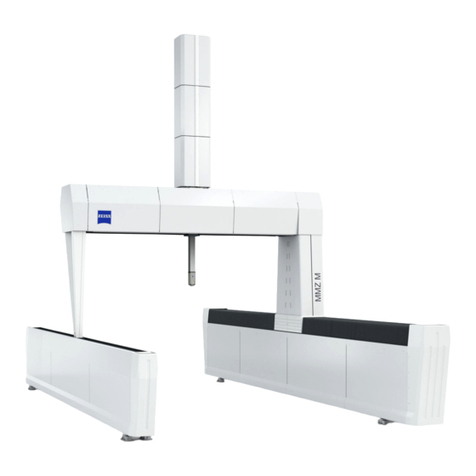
Zeiss
Zeiss MMZ M User manual
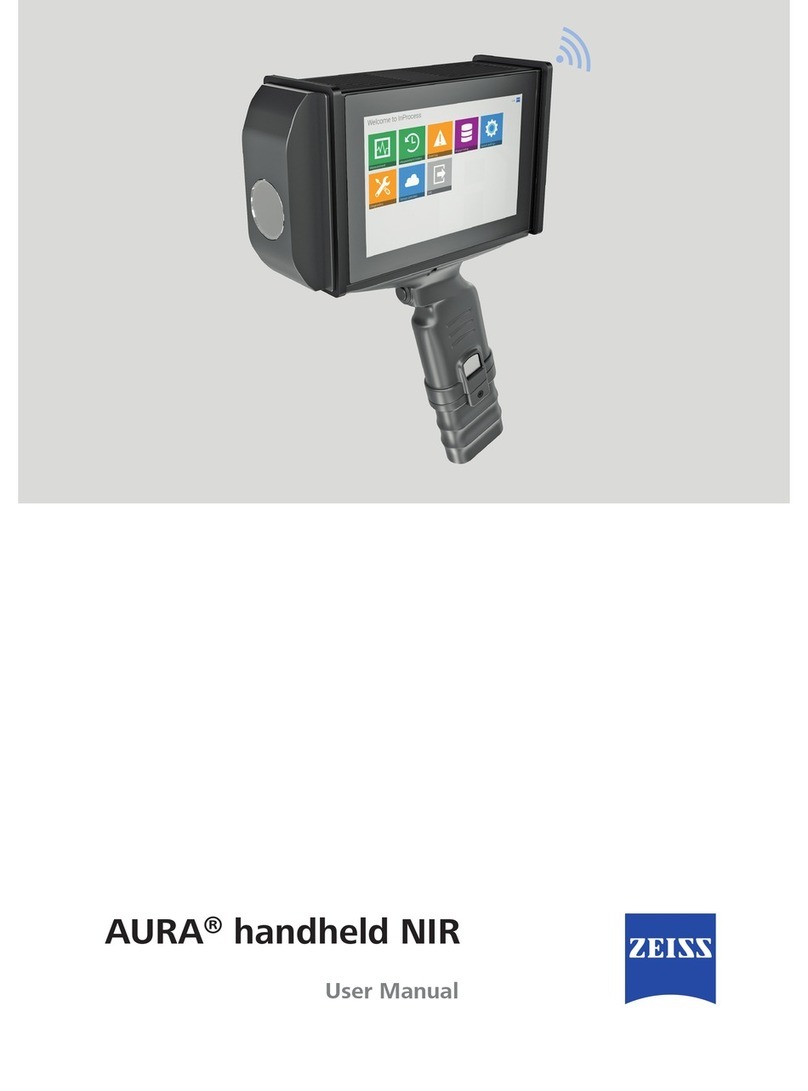
Zeiss
Zeiss AURA User manual

Zeiss
Zeiss AURA User manual

Zeiss
Zeiss CenterMax User manual
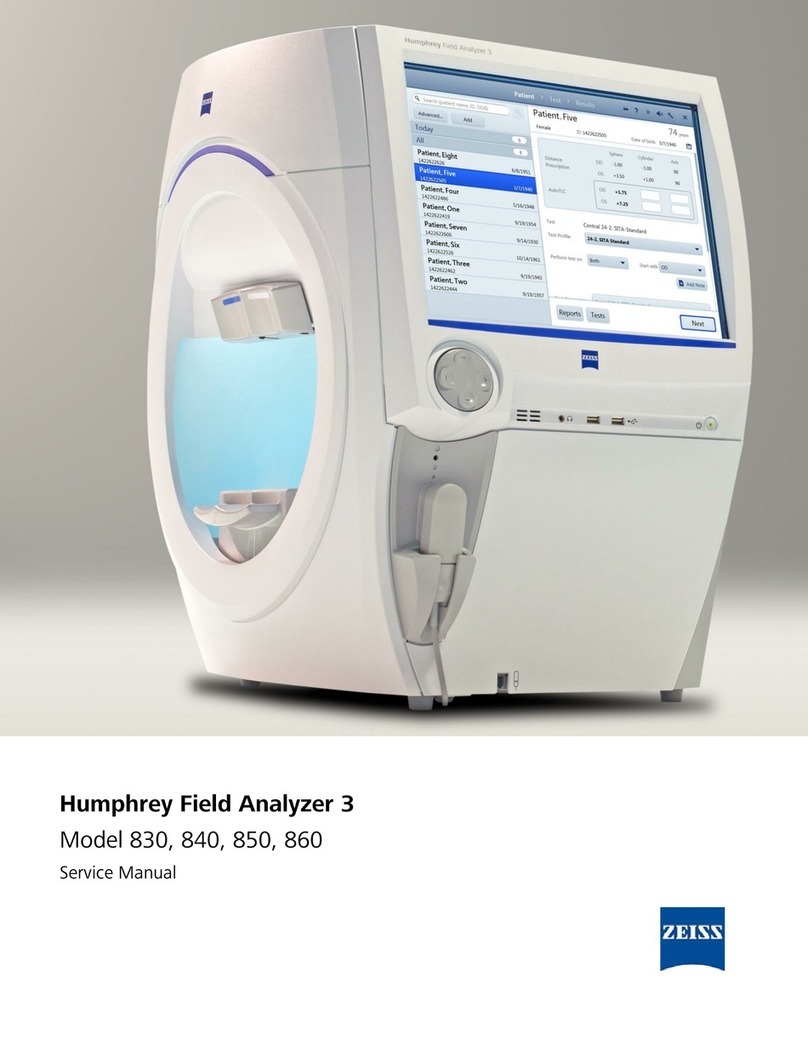
Zeiss
Zeiss Humphrey Field Analyzer 3 User manual
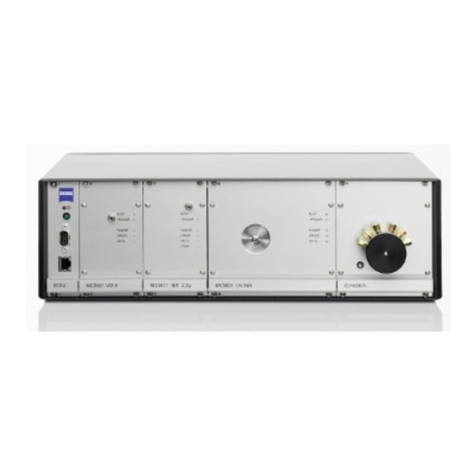
Zeiss
Zeiss MCS 600 User manual



























